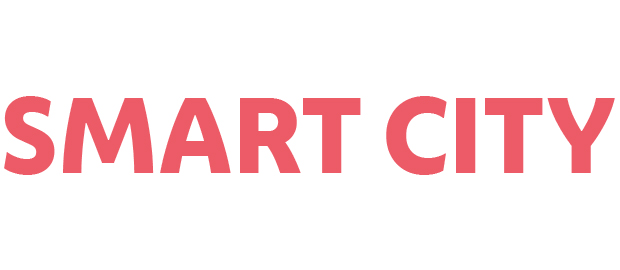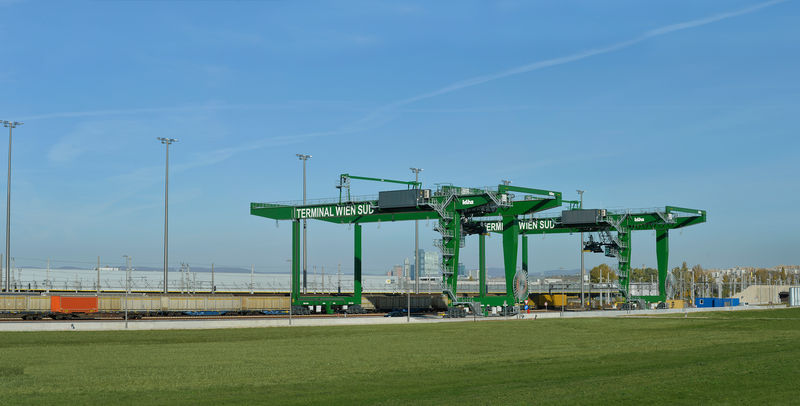The goal is to clarify to what extent intermodal node points, such as interior harbors or train terminals, can actually be used as urban logistics centers with incorporation of electrically operated delivery vehicles for regional dispersion.
The urban logistics and the associated transport means are subject to increasing pressure to reduce emissions with consistent supply assurances; the EU committee White Paper established a goal of realizing CO2-free city logistics in city centers by 2030. This goal is only attainable if the supply chain in urban regions is drastically changed. So far, urban dispersion in Austria has occurred in independent distribution centers of the respective (commercial) companies. In order to generate lasting change, new concepts and solutions are needed, such as urban logistics centers (hubs). In addition to organizational demands resulting from this, there is also the question of suitable infrastructure. Existing intermodal nodes offer the perfect prerequisite for this. Intermodal nodes were previously mostly established on existing areas and infrastructures that served to supply cities and urban centers (freight train stations, harbor systems, former industrial systems, etc.). These were historically located in the outskirts of a city, but over time have become integrated into the city area due to growth. With these “central” positions, these intermodal nodes offer considerably shorter distances for the dispersion of goods to the areas to be supplied than if new hubs were established.
The goal of the IMPALA exploratory project is to clarify to what extent intermodal node points, such as interior harbors or train terminals, can actually be used as urban logistics centers with incorporation of electrically operated delivery vehicles for regional dispersion. IMPALA is thus used for preparing a concrete R&D project in which organizational and technological innovations for implementation of this type of logistics center should be researched. The goal of this type of logistics center is, among others, the bundling of transports, wherein the efficiency of the distribution of goods is increased and the supply to all residents of an urban area can be ensured. Through the additional use of alternatively operated vehicles for urban transport, emissions can be significantly reduced. IMPALA thus makes a significant contribution to the environmental goals of CO2-free city delivery according to the White Paper on Transport and addresses one of the current major demands in urban goods traffic.
Contact
UIV Urban Innovation Vienna GmbH
E-Mail: office@urbaninnovation.at
Download IMPALA outline: PDF
This post is also available in: German




